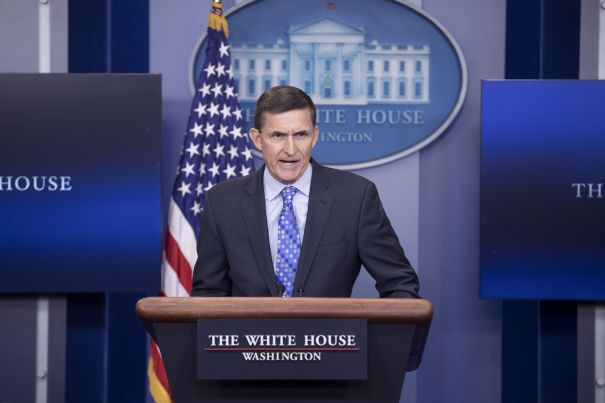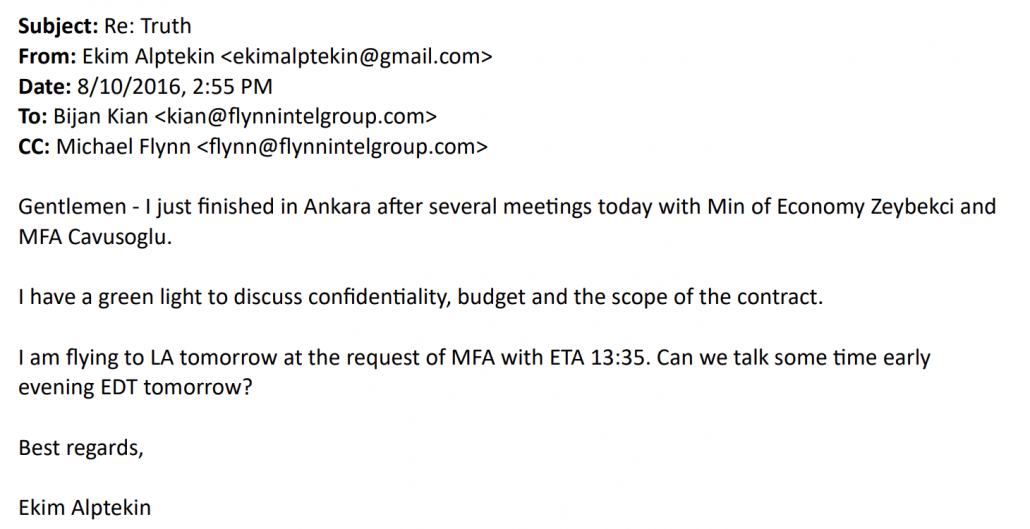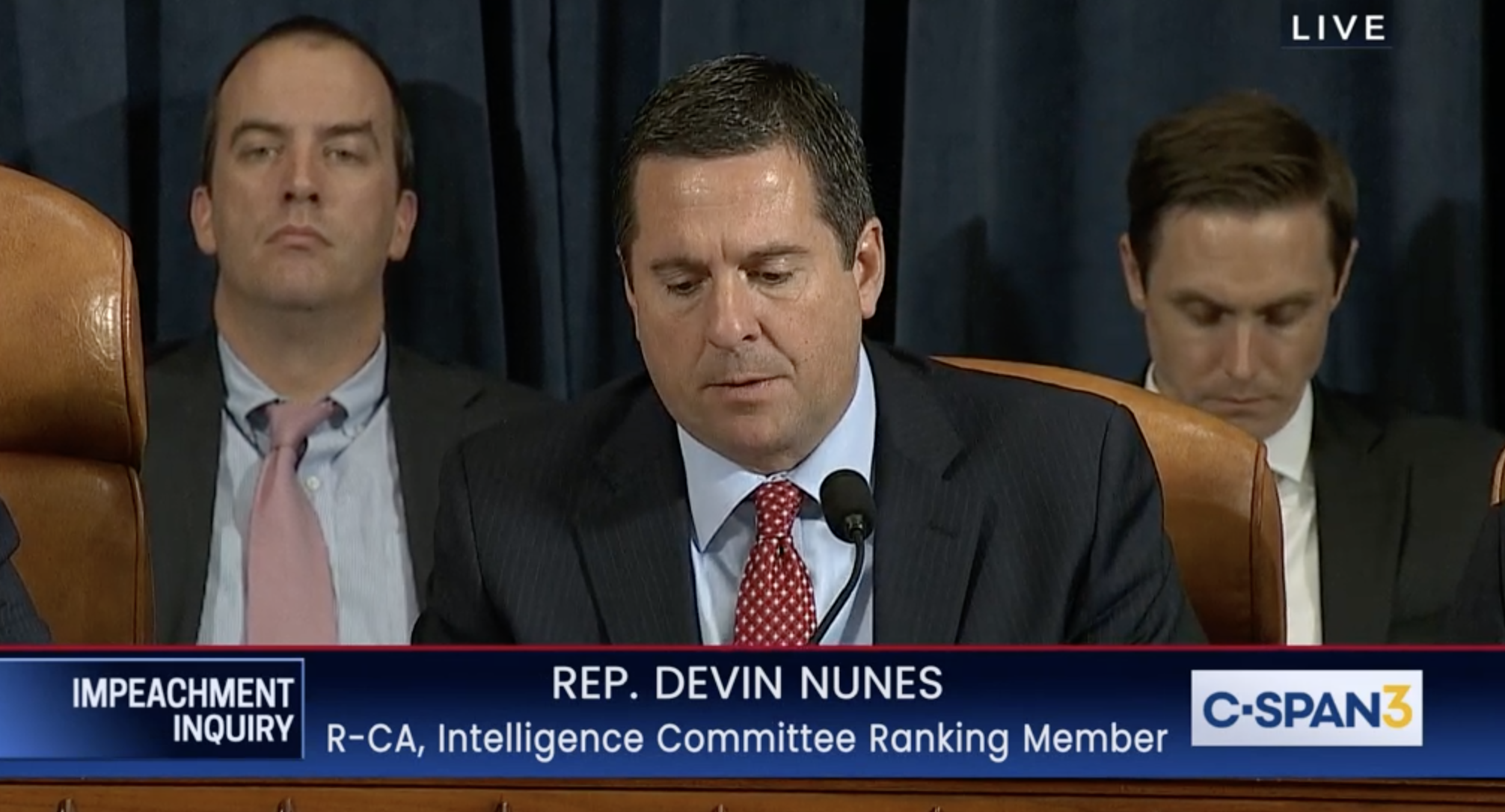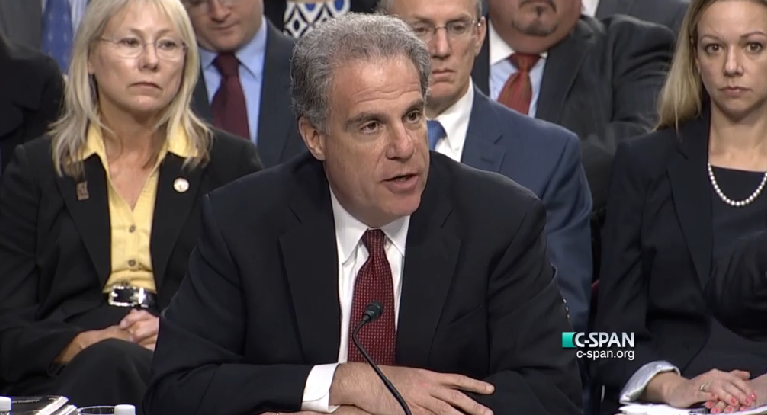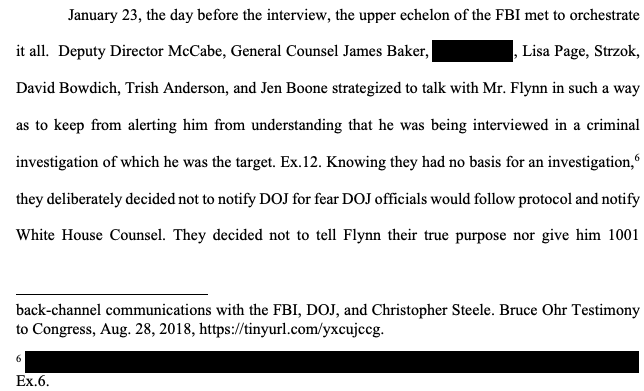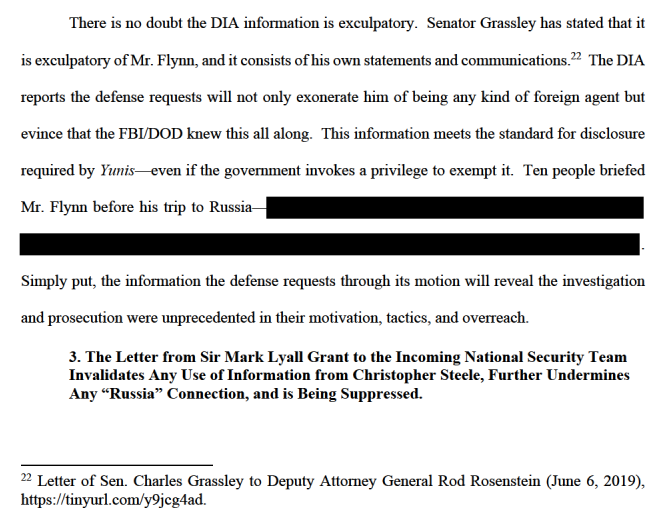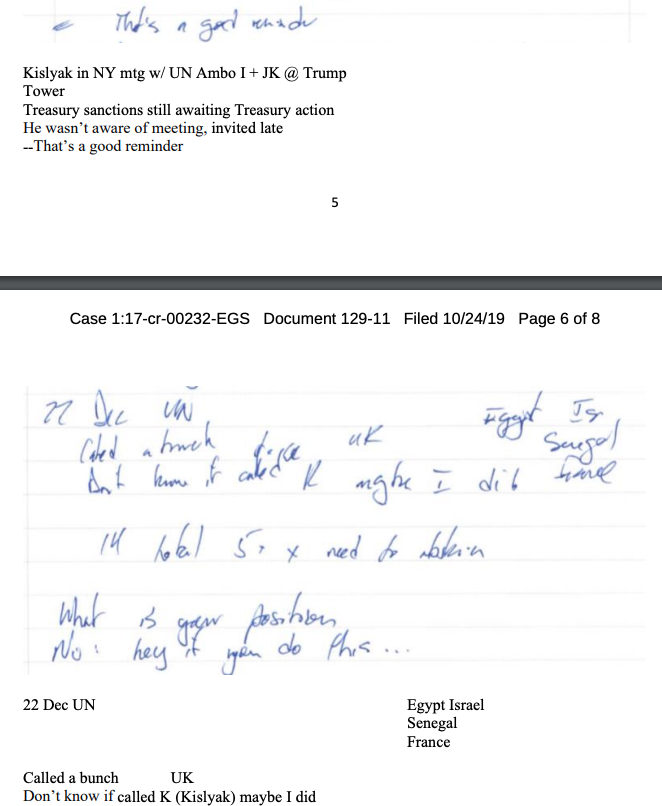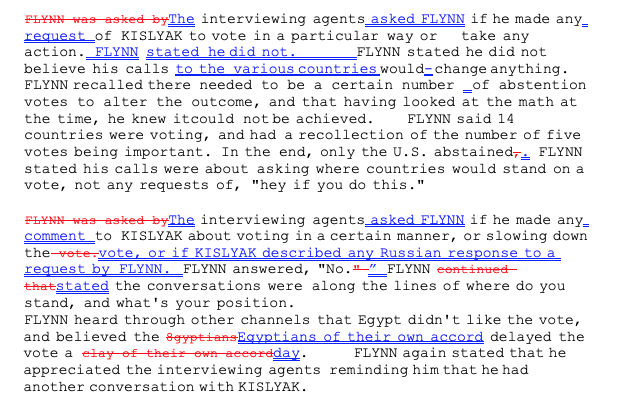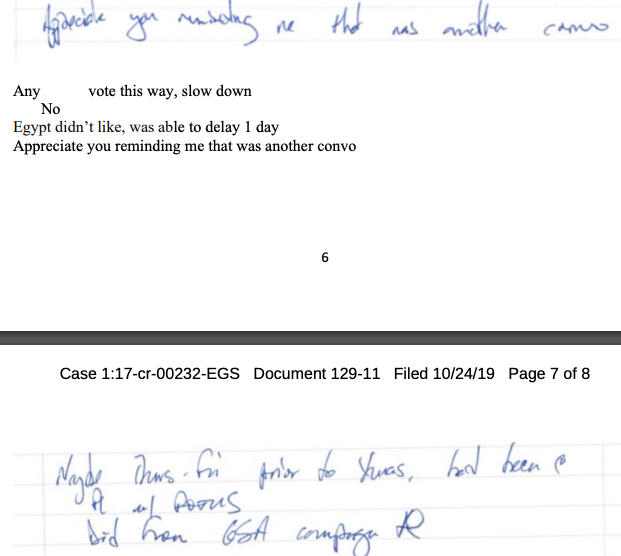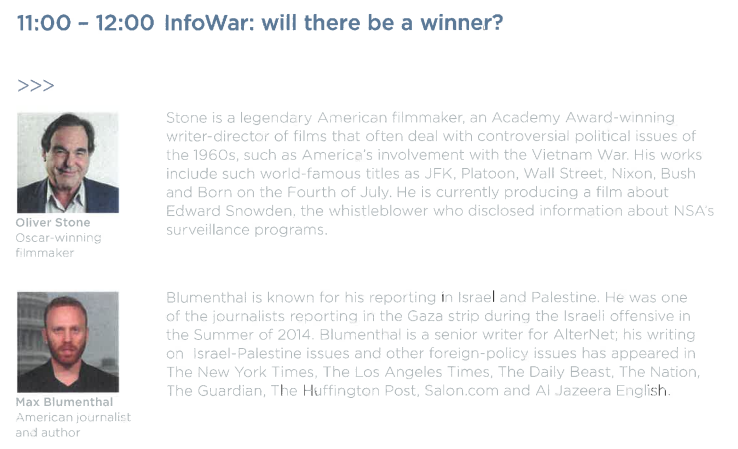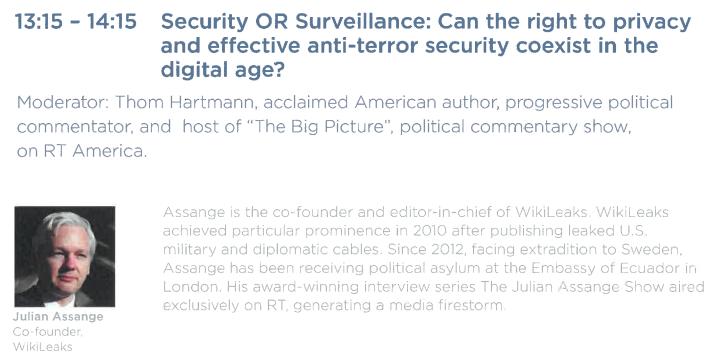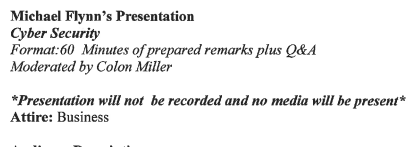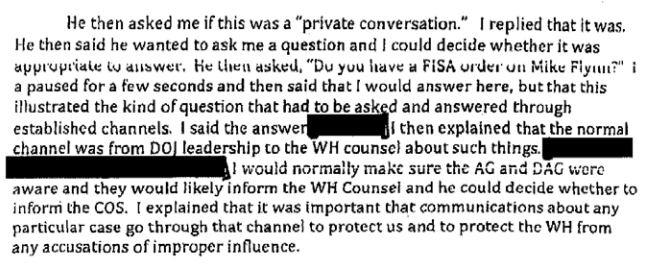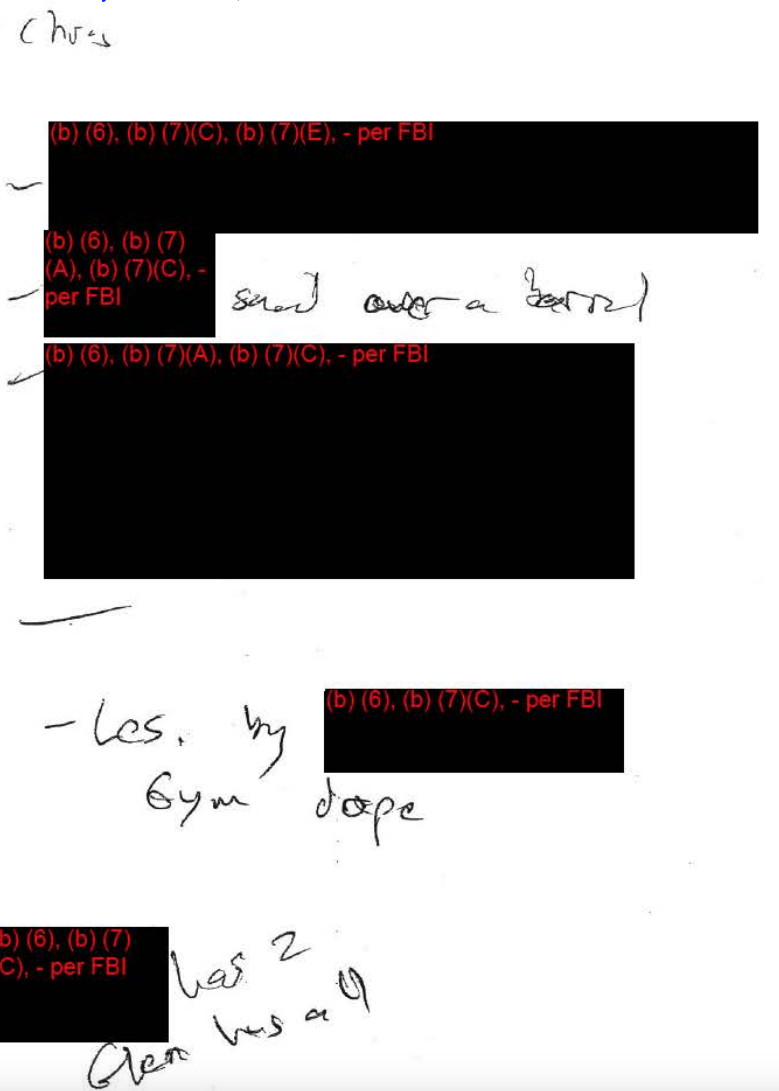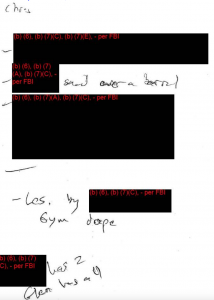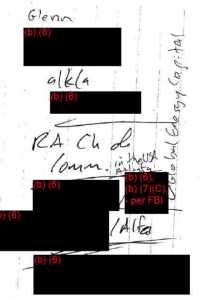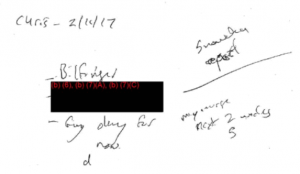Mike Flynn Seizes the Rope to Hang Himself With: Flynn’s Motion to Dismiss Carter Page’s Non-Existent Plea
As I noted yesterday, Mike Flynn’s legal team and the government submitted a bunch of filings yesterday.
- Government reply to sentencing memo
- Motion to withdraw guilty plea
- A(nother) motion to dismiss for misconduct
I’m collectively titling my posts on them, “Mike Flynn Seizes the Rope to Hang Himself,” which is the advice Rob Kelner gave his then-client in December 2018 when Judge Emmet Sullivan swore him in to reallocute his guilty plea, effectively arguing that if Flynn withdrew his plea, it would lead to worse consequences. Flynn’s current lawyer, Sidney Powell, argues that advice was objectively incompetent. I predict the outcome of the next few weeks will show Kelner had the better judgment.
This post from yesterday covers the government reply to Flynn’s sentencing memo.
This post will focus on Flynn’s motion to dismiss for misconduct, a 27-page motion that Flynn submitted yesterday with neither warning nor pre-approval from Sullivan. Flynn has made much of this argument before (and Sullivan has rejected it) in a filing that argued,
The government works hard to persuade this Court that the scope of its discovery obligation is limited to facts relating to punishment for the crime to which Mr. Flynn pleaded guilty. However, the evidence already produced or in the public record reveals far larger issues are at play: namely, the integrity of our criminal justice system and public confidence in what used to be our premier law enforcement institution. When the Director of the FBI, and a group of his close associates, plot to set up an innocent man and create a crime—while taking affirmative steps to ensnare him by refusing to follow procedures designed to prevent such inadvertent missteps—this amounts to conduct so shocking to the conscience and so inimical to our system of justice that it requires the dismissal of the charges for outrageous government conduct.
[snip]
As new counsel has made clear from her first appearance, Mr. Flynn will ask this Court to dismiss the entire prosecution based on the outrageous and un-American conduct of law enforcement officials and the subsequent failure of the prosecution to disclose this evidence— which it had in its possession all along—either in a timely fashion or at all.
In a footnote in yesterday’s filing, Flynn lawyer Sidney Powell explains that, no, the last time she tried this argument, which Sullivan rejected in an unbelievably meticulous 92 page opinion, wasn’t actually her motion to dismiss, this is,
Contrary to a suggestion in this Court’s recent opinion, Mr. Flynn did not previously move to dismiss the case against him. ECF No. 144 at 2. As the docket sheet and this Court’s recital of motions show, this is Mr. Flynn’s only Motion to Dismiss. In Mr. Flynn’s previous filings, he made clear he would ultimately move for dismissal, that the evidence requested in his Brady motion would further support the basis for dismissal, and that the case should be dismissed.
Particularly given that much of this repeats what Powell said in the earlier motion, the claim that this is the real motion to dismiss probably won’t sit well with Judge Sullivan. But Powell has to try again, because (as I’ll show) her motion to dismiss doesn’t actually claim that Flynn is innocent of lying to the FBI about his call with Sergey Kislyak — he says the opposite. So this motion to dismiss appears designed to explain why Flynn should not be held accountable for that lie.
Powell justifies doing so because she claims she found new damning information in the IG Report on Carter Page. (She also complains that she received Flynn’s 302s since the prior motion, but presents not a single piece of evidence from them; as I’ll show in my third post on these filings, she’s probably going to regret raising them.)
Such exculpatory evidence and outrageous misconduct includes that on December 9, 2019, the Inspector General of the Department of Justice (“DOJ”) issued its 478-page report on the “Review of Four FISA Applications and Other Aspects of the FBI’s Crossfire Hurricane Investigation” (“IG Report”).2 The IG Report illustrates the misconduct by the government as further detailed below.
[snip]
Additionally, the IG Report shows that the government long suppressed evidence of shocking malfeasance by the leadership of the FBI and Supervisory Special Agent 1 (“SSA 1”) that was favorable to Mr. Flynn’s defense. For these reasons, and those outlined in prior briefing, Mr. Flynn moves to dismiss this entire prosecution for outrageous government misconduct and in the interest of justice.
In a probably ill-considered move, Powell blames Sullivan for not considering the IG Report in his previous opinion.
Despite the defense, the government, and this Court agreeing to abate the schedule in this case because of the pending and admittedly-relevant IG Report (ECF No. 140 and this Court’s Minute Order of November 27, 2019), this Court denied Mr. Flynn’s Motion to Compel Production of Brady Evidence without allowing for additional briefing in light of that report or considering any of the deliberate government misconduct it disclosed. ECF Nos. 143 and 144. Mr. Flynn now moves to dismiss the indictment for the additional egregious misconduct documented in the IG Report, other recently produced materials, all previously briefed issues, and in the interest of justice.
A week passed between the time the IG Report came out — which has just one small section relating to Flynn — and the date Sullivan issued his opinion. It is Powell’s job to ask him to consider any new information in it, not his job to cull through the report and find out if anything is relevant. She did not do so. Which is one of many reasons why Sullivan would be in his right to just dismiss this as untimely.
As I note in this thread, much of what follows is either a repetition of complaints that Sullivan already rejected or a claim that Mike Flynn, honored General of thirty years, is actually Carter Page, maligned gadfly, because they describe things that did injure Page but did not injure Flynn and are utterly irrelevant to the lies Flynn told on January 24, 2017.
- Asks that Sullivan rely on a Ninth Circuit opinion on the Bundy family to reconsider Brady violations he already ruled did not happen.
- Revisits a Jim Comey comment that was briefed before Flynn pled guilty the last time and Powell’s conspiracy theories about a draft 302 that she claims differs from the notes and the released 302s which are all consistent.
- Invokes Ted Stevens by invoking the Henry Shuelke report, which laid out problems with the Senators prosecution, but which Sullivan has already said is an inapt comparison.
- Mixes up the 2017 FISA order that shows (in part) that Flynn, personally, presided over FISA abuses with the 2018 FISA order that shows Chris Wray’s FBI committed querying violations that affected thousands (quite possibly in an attempt to find out who leaked details of Flynn’s comments to Sergei Kislyak).
- Claims that the Carter Page FISA allowed the FBI to illegally obtain the communications of “hundreds of people, including Mr. Flynn,” which is a claim that doesn’t show up in the IG Report (Powell cites to it “generally,” which is her tell in this motion that she’s making shit up); while it’s possible emails from the campaign (possibly group emails on National Security) involving both Page and Flynn were collected, there is zero chance any of them pertain to the lies Flynn told on January 24, 2017. Moreover, there is virtually no chance that Flynn was communicating with Carter Page after April 2017 via encrypted messaging apps — months after both had been ousted from Trump’s circles because of their problematic interactions with Russians — which is what it likely would have taken to have been collected under the applications deemed problematic by FBI.
- Twice claims that Flynn’s obligation (which he fulfilled) to tell DIA when he went traipsing off to RT Galas in Russia equates to CIA’s designation of Carter Page as an acceptable contact and notes that Sullivan already ruled that wasn’t exculpatory on the charges before him (the government has made it clear Flynn’s DIA briefing was actually inculpatory).
- Claims SSA1 — whom Powell asserts, probably but not necessarily correctly, is the second Agent who interviewed Flynn — supervised Crossfire Hurricane, but doesn’t note that was only until December 2016, at least four weeks before Flynn lied to FBI agents on January 24, 2017; Powell repeatedly claims, falsely, that SSA1 supervised Crossfire Hurricane during the entire period when Carter Page was under surveillance.
- Insinuates, with no evidence, that SSA1 knew that Case Agent 1 had excluded comments from George Papadopoulos that the frothy right believes are exculpatory but which the FBI judged correctly at the time were just a cover story.
- Claims falsely that Lisa Page had a role in opening an investigation into Flynn.
- Complains that the FISA applications made statements about Stefan Halper that were true but not backed by paperwork in the Woods File, even though (contrary to Flynn’s conspiracy theories) Halper never spoke with Flynn as part of tihs investigation.
Pages and pages into this, Powell admits that actually all of this would matter if she were representing Carter Page, but she claims (with no evidence, and given the scope of the Page warrants, there would be none) that it nevertheless injures her client.
While Mr. Flynn’s case is not even the focus of the IG Report, the Report reveals illegal, wrongful, and improper conduct that affected Mr. Flynn, and is the subject of an ongoing criminal investigation by United States Attorney John Durham.
Even where the IG Report does describe something that affected Flynn directly — in SSA1’s inclusion in Trump’s first briefing, in part, to see what kinds of questions he was asking — Powell manages to lard it with false claims. On top of misrepresenting how long SSA1 oversaw the investigation into Trump’s flunkies (noted above and exhibited specifically below), Powell suggests that SSA1 snuck into the August 17, 2016 intelligence briefing Flynn attended as Trump’s top national security advisor and had no purpose but to observe her client.
There were two FBI agents who interviewed Mr. Flynn in the White House on January 24, 2017—Agent Peter Strzok and SSA 1. The IG Report confirms both participated in government misconduct. As explained in further detail below, not only was Strzok so biased, calculated, and deceitful he had to be terminated from Mueller’s investigation and then the FBI/DOJ, but it has also now been revealed that SSA 1 was surreptitiously inserted in the mock presidential briefing on August 17, 2016, to collect information and report on Mr. Trump and Mr. Flynn. Moreover, SSA 1 was involved in every aspect of the debacle that is Crossfire Hurricane and significant illegal surveillance resulting from it. Further, SSA 1 bore ultimate responsibility for four falsified applications to the FISA court and oversaw virtually every abuse inherent in Crossfire Hurricane— including suppression of exculpatory evidence. See generally IG Report.
[snip]
Shockingly, as further briefed below, SSA 1 also participated surreptitiously in a presidential briefing with candidate Trump and Mr. Flynn for the express purpose of taking notes, monitoring anything Mr. Flynn said, and in particular, observing and recording anything Mr. Flynn or Mr. Trump said or did that might be of interest to the FBI in its “investigation.” IG Report at 340
[snip]
More specifically, as the Inspector General explained further in his testimony to Congress on December 11, 2019, SSA 1 surreptitiously interviewed and sized-up Mr. Flynn on August 17, 2016, under the “pretext” of being part of what was actually a presidential briefing but reported dishonestly to others as a “defensive briefing.”
[snip]
Strzok and Lisa Page texted about an “insurance policy” on August 15, 2016.20 They opened the FBI “investigation” of Mr. Flynn on August 16, 2016. IG Report at 2. The very next day, SSA 1 snuck into what was represented to candidate Trump and Mr. Flynn as a presidential briefing. IG Report at 340. [my emphasis]
The overwhelming bulk of her complaint about this is that — she claims — SSA1’s participation was secret. Reading this motion, you’d think he was hidden under the couch while the briefing was conducted. His presence, of course, was in no way surreptitious. What was secret was that Flynn was under investigation and SSA1 was overseeing it.
In one of her discussions of the briefing, Powell quotes the part of the IG Report that refutes her suggestions that SSA1 was only in this briefing to observe Flynn.
In August 2016, the supervisor of the Crossfire Hurricane investigation, SSA 1, participated on behalf of the FBI in an ODNI strategic intelligence briefing given to candidate Trump and his national security advisors, including Flynn, and in a separate briefing given to candidate Clinton and her national security advisors. The stated purpose of the FBI’s participation in the counterintelligence and security portion of the briefing was to provide the recipients ‘a baseline on the presence and threat posed by foreign intelligence services to the National Security of the U.S.’ However, we found the FBI also had an investigative purpose when it specifically selected SSA 1, a supervisor for the Crossfire Hurricane investigation, to provide the FBI briefings. SSA 1 was selected, in part, because Flynn, who would be attending the briefing with candidate Trump, was a subject in one of the ongoing investigations related to Crossfire Hurricane. SSA 1 told us that the briefing provided him ‘the opportunity to gain assessment and possibly some level of familiarity with [Flynn]. So, should we get to the point where we need to do a subject interview…I would have that to fall back on.’
As the passage she quotes makes clear, that was just part of the reason why he was selected. She doesn’t mention that, as a senior counterintelligence agent, SSA1 was appropriate to give the briefing in any case, and in fact did give the equivalent first briefing to Hillary, as well.
In one place, however, Powell totally misrepresents what the purpose of this briefing was claiming that it was the defensive briefing about specific threats to the candidate.
While SSA 1’s stated purpose of the presidential briefing on August 17, 2016, was “to provide the recipients ‘a baseline on the presence and threat posed by foreign intelligence services to the National Security of the U.S,’” IG Report at xviii (Executive Summary), the IG Report confirmed that, in actuality, the Trump campaign was never given any defensive briefing about the alleged national security threats. IG Report at 55. Thus, SSA 1’s participation in that presidential briefing was a calculated subterfuge to record and report for “investigative purposes” anything Mr. Flynn and Mr. Trump said in that meeting. IG Report at 408. The agent was there only because Mr. Flynn was there. IG Report at 340. Ironically, Mr. Flynn arranged this meeting with ODNI James Clapper for the benefit of candidate Trump.
As the IG Report makes clear, these are different things. The IG Report even provides several different explanations for why the FBI did not give Trump a defensive briefing that Russia was trying to influence his campaign, but which Powell doesn’t include. Andrew McCabe’s explanation was particularly prescient.
[T]he FBI did not brief people who “could potentially be the subjects that you are investigating or looking for.” McCabe told us that in a sensitive counterintelligence matter, it was essential to have a better understanding of what was occurring before taking an overt step such as providing a defensive briefing.
You couldn’t brief Trump on a potential Russian threat with Flynn present because Flynn was considered — because of his past close ties to the GRU and his paid appearances with Russian entities, including one where he met Putin — one of the most likely people for Russia to have alerted about the email hack-and-dump plan. And, as I noted, there was a bunch of language about counterintelligence issues in the government’s original sentencing memo specifically pertaining to Flynn that should concern him if he weren’t so busy producing fodder for the frothy right. So, in fact, the FBI was right to worry (and I suspect we may hear more about this).
Moreover, as this entire effort to blow up the plea deal emphasizes, Flynn turned out to be an egregious counterintelligence risk for other reasons, as well: the secret deal he was arranging with Turkey even as this briefing occurred, which he explained, at length, under oath, to the grand jury. That is, this proceeding makes it clear that the FBI was right not to trust Mike Flynn, because, days before this briefing, his firm had committed, in secret to working on a frenemy government’s payroll.
This is tangential to Powell’s trumped up complaints about the only thing the IG Report says that directly affected her client. But — as with so much of this stunt — my suspicion is that if she presses this issue it will backfire in spectacular fashion.
In any case, the main takeaway from this motion to dismiss the plea is that virtually all the new stuff that Judge Sullivan hasn’t already ruled was irrelevant in meticulous fashion doesn’t affect Mike Flynn, it affects Carter Page. And the stuff that does affect Flynn directly is probably not something he wants to emphasize before Sullivan weighs the gravity of his lies.
More importantly, for the motion to withdraw his plea, nothing here undercuts the fact that Mike Flynn pled guilty to his lies about Russia.

